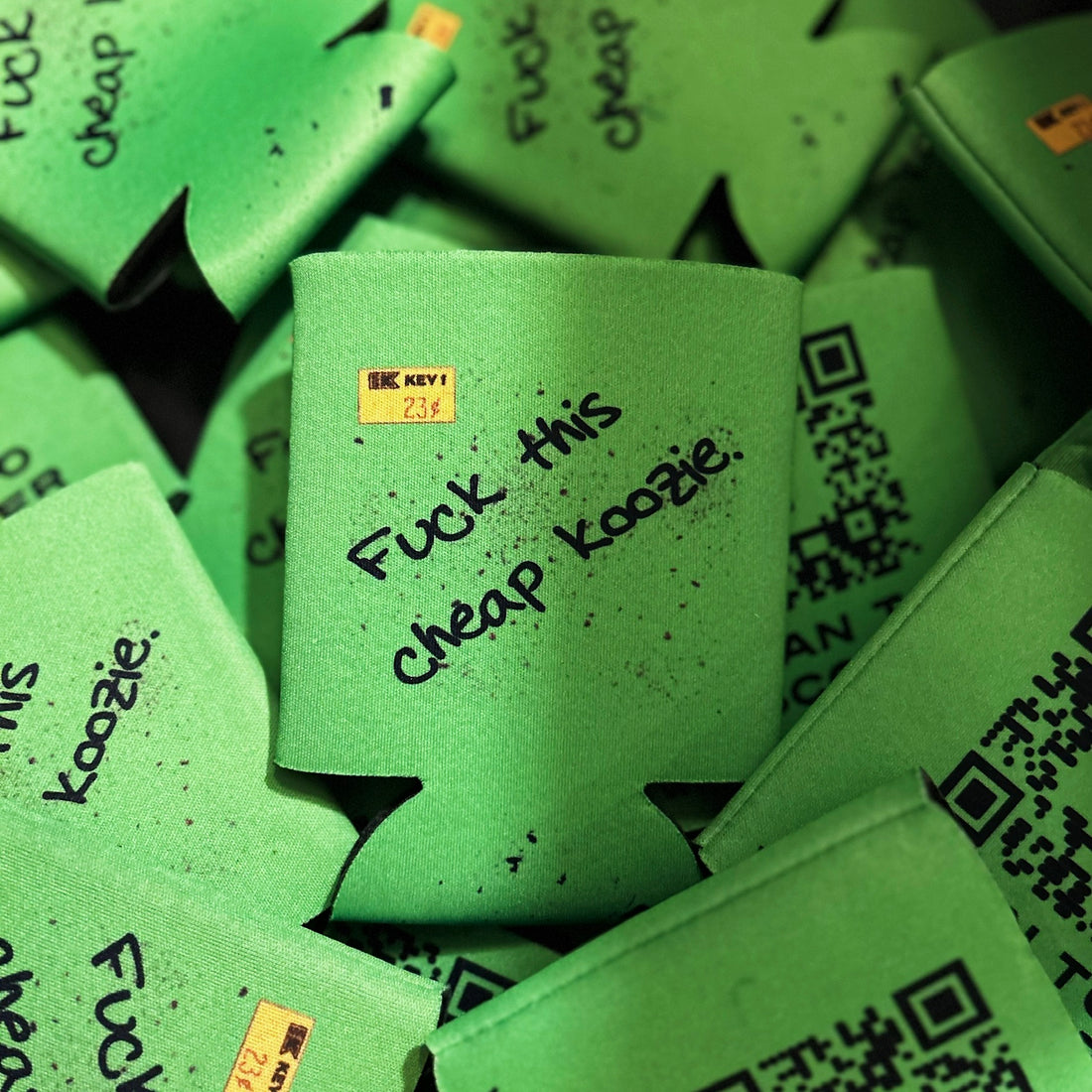Introduction: When it comes to keeping our favorite beverages cool and refreshing, there's one humble accessory that has become a beloved companion—koozies. These insulating sleeves or holders have been a staple at parties, picnics, and barbecues for decades. But have you ever wondered about the origins and evolution of koozies? In this blog post, we'll dive into the fascinating history of koozies and explore how they have become an essential part of our drinking experience.
Early Beginnings: To trace the origins of koozies, we have to go back to the early 20th century. During this time, as canned beverages gained popularity, people began to look for ways to keep their drinks colder for longer. The first attempts at insulating cans involved using materials like cork, leather, or even newspaper to wrap around the cans. However, these methods were not particularly effective and lacked the convenience and style we associate with koozies today.
The Birth of the Koozie: The term "koozie" was coined in the 1970s by the Radio Cap Corporation, a Texas-based company that specialized in promotional products. The original koozie design featured a foam sleeve that slid over a standard 12-ounce beverage can. The foam material had excellent insulating properties, keeping drinks cold while providing a comfortable grip. As the koozie gained popularity, it became a sought-after giveaway item at events and a fun, customizable accessory.
Mass Appeal and Customization: Throughout the 1980s and 1990s, koozies became increasingly popular, transcending their original function as a promotional item. They became a symbol of relaxation and casual outdoor gatherings, making appearances at tailgate parties, beach outings, and camping trips. Koozies were no longer limited to just cans; they also accommodated bottles and other beverage containers.
One of the significant factors contributing to the enduring popularity of koozies is their customizability. Businesses, organizations, and individuals started using koozies as promotional items, wedding favors, and personalized gifts. Koozies became an avenue for self-expression and a way to showcase one's interests, favorite sports teams, or humorous slogans. From sports teams to political campaigns, the possibilities for customization were endless.
Materials and Design Innovations: As time went on, koozies underwent several design innovations to cater to different preferences and needs. The original foam koozies were eventually joined by neoprene (wetsuit material) and collapsible fabric koozies. These materials offered enhanced insulation, durability, and portability.
Furthermore, koozies evolved beyond their primary function of insulation. Some designs incorporated additional features like bottle openers, pockets for storing keys or cards, and even built-in Bluetooth speakers. Koozies became more than just a beverage accessory; they became multi-functional companions for outdoor enthusiasts.
The Koozie Culture: Koozies have evolved into a cultural phenomenon, with enthusiasts proudly displaying collections of their favorite designs. Koozie-themed events, like koozie crawls and koozie exchanges, have gained popularity. The vibrant koozie culture fosters a sense of community, camaraderie, and shared appreciation for cold beverages and good times.
Conclusion: From their humble beginnings as a simple foam sleeve to their current status as a must-have accessory, koozies have come a long way. They have added both style and functionality to our drinking experiences, keeping our beverages colder for longer and reflecting our personalities through customization. Whether you're at a backyard barbecue, a sports event, or simply enjoying a day at the beach

